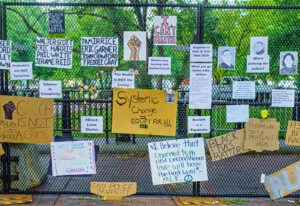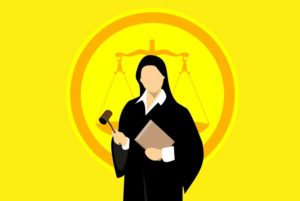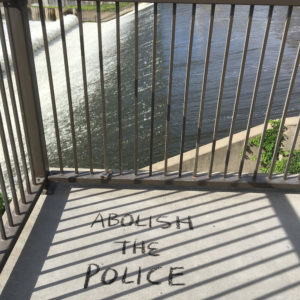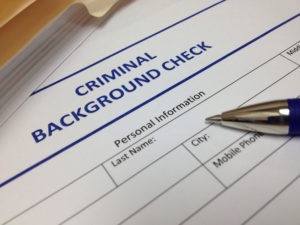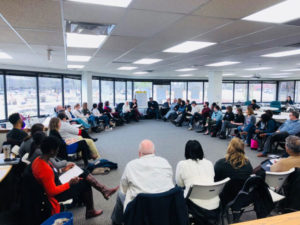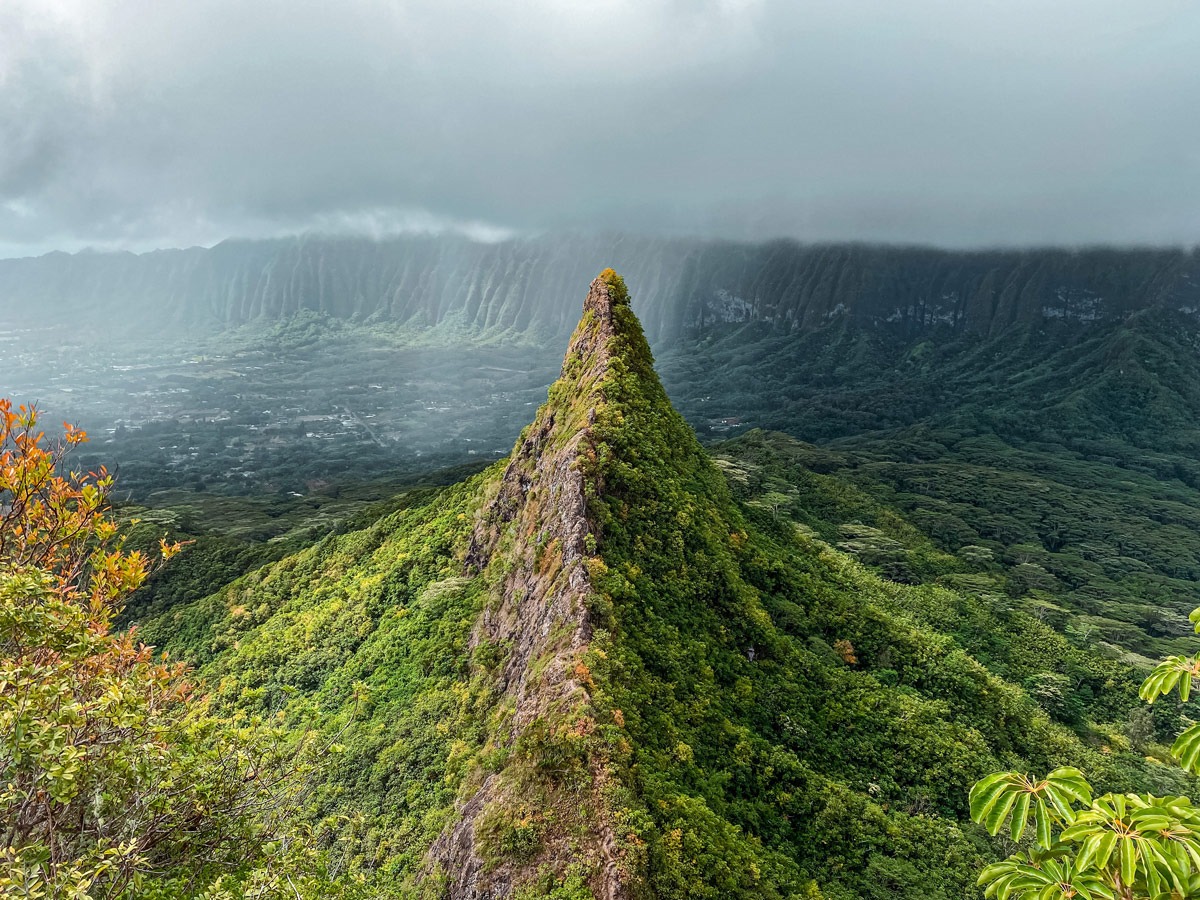July 7, 2016; Minnesota Public Radio Blogs, “NewsCut”
In the wake of the horrific attack that left five police officers dead and seven wounded overnight in Dallas, it is hard to publish on this issue, but it is perhaps more important than ever to keep the discourse flowing.
Freedom of the press is central to a democracy, providing information citizens need to act and vote and participate. But until our modern age, the press could not be everywhere; now, cell phones have made each of us potential reporters. The results can be searing.
The firsthand accounts contained in the videos of the police shootings of two black men over the past few days have riveted the public and invited them into the experience of a longstanding reality in the black community across the United States. And, without making judgments on the cases that left Philando Castile and Alton Sterling dead before they are fully investigated, these now-omnipresent recordings of events are apparently still necessary to display to the public what black communities already know and have known for decades. Perhaps this will further anchor and enlarge the public’s will to see real change and justice done—but this process is neither uncomplicated nor painless.
On Thursday, like many others across the country, the NPQ Boston office was engrossed in conversation over the shock of Philando Castile’s death in Falcon Heights, Minnesota, just as we were in the midst of publishing on the death of Alton Sterling. However, unlike other fatal shootings, even those that were recorded, Lavish Reynolds livestreamed the aftermath of her boyfriend Philando Castile’s fatal shooting Tuesday on Facebook. But will it make any difference at all?
Like the deaths of Walter Scott, Eric Garner, and Laquan McDonald, among others, both Castile and Sterling’s deaths were recorded and went viral. In both cases, the civilian videos were particularly important because the body cameras filming Sterling’s arrest did not record anything and the Falcon Heights police department does not own body cameras. As such, these videos may become crucial pieces of evidence. In Castile’s case, the video shot by Reynolds is the only film evidence of what transpired in that car.
The facts on Castile and Sterling’s shootings are still forthcoming. Despite these videos, whatever occurred leading up the shootings in both cases is still uncertain. However, even in Eric Garner’s case, where a graphic video existed of Garner’s last breaths and the officer’s chokehold was publically scrutinized and admonished, the officer was still not indicted.
Sign up for our free newsletters
Subscribe to NPQ's newsletters to have our top stories delivered directly to your inbox.
By signing up, you agree to our privacy policy and terms of use, and to receive messages from NPQ and our partners.
Conversely, Laquan McDonald’s video was the light at the end of the tunnel when it was actually released. Our readers may remember the video of the 17-year-old’s death in Chicago was kept forcibly kept under wraps. Only after the video was publically released did it show inconsistencies in the police officers’ accounts of the shooting. Regardless, the shooting officer was indicted and will be prosecuted. Likewise, Michael Slager, the officer who shot Walter Scott in the back, was indicted and is awaiting a trial. In these select cases, it would seem the video evidence helped the pursuit of the truth.
In light of these new cases where the public has relied heavily on the videos to understand the shootings, many are wondering whether they are effective in attaining justice and if we should be watching them at all. After all, these moments capture the last minutes of someone’s life. Perhaps by watching these videos, tweeting them, and showing them on live TV, we are also minimizing the loss of an African American life.
“These recordings, which are tantamount to snuff films, are shared thousands of times, to the point that they’re hard to avoid—on Twitter, on the morning news, on a TV screen at the gym. For me, these videos are debilitating, senseless violence played over and over again,” wrote April Reign for the Washington Post. “Sharing a video on social media or the media will not change anyone’s mind. Either it will confirm what one already believed was true, or a person will look for ways to contradict what they have just seen. Rather, the dehumanization of black bodies becomes some sort of perverse entertainment as images of our pain are broadcast for the world to see.”
Renee Graham for the Boston Globe, as noted by Bob Collins at Minnesota Public Radio News, takes a different stance and remarks on the importance of such videos existing and why we as a society need to watch them.
If not for videos like the Sterling killing, we wouldn’t be having these conversations at all. They amplify what black communities have been shouting for decades about police misconduct. Some recently have denounced actor and activist Jesse Williams’ electrifying speech about race at the BET Awards, but this is to what he alluded: the institutional racism that devalues and endangers black lives. Yes, this video is disturbing, but not so much that it does not merit our attention. Complacency is complicity.
In particular, she remarked on the importance of Emmett Till’s open casket at his 1955 funeral, despite his evident deformities after being submerged underwater for hours. At the time, Till’s mother said, “There was just no way I could describe what was in that box. No way. And I just wanted the world to see. I wanted the world to see what they did to my baby.” Till’s horrific death, as illustrated all over his body, helped fuel the Civil Rights movement. It’s not dissimilar to the federal government’s attempts to engineer the images of war by banning public access to, and photographs of, soldier’s coffins, even as recently as 2003 during the Iraq War. Such images would only help galvanize dissent.
Rather than merely dehumanizing and disturbing, these videos can be powerful pieces of evidence and indisputable public records. We may not know what occurred prior to the start of a video or after its end, but what has been recorded may very likely be useful in an investigation. In the moment of witnessing possible police brutality, when a bystander cannot call the police or step in to help, recording a video will help, particularly when the arrestee cannot record him or herself. More importantly, these videos expose an undeniable truth that police officers react differently, in some cases more violently, with suspects of color. Given their possible relevance in an investigation, are we to look away from the videos and discourage others from recording?—Shafaq Hasan



